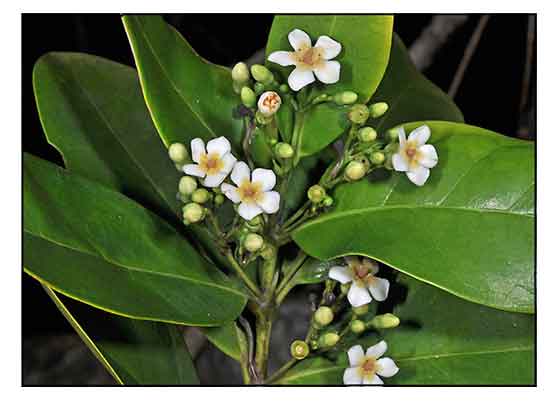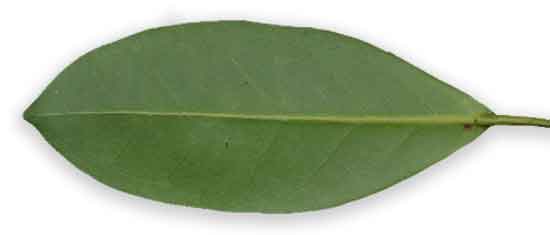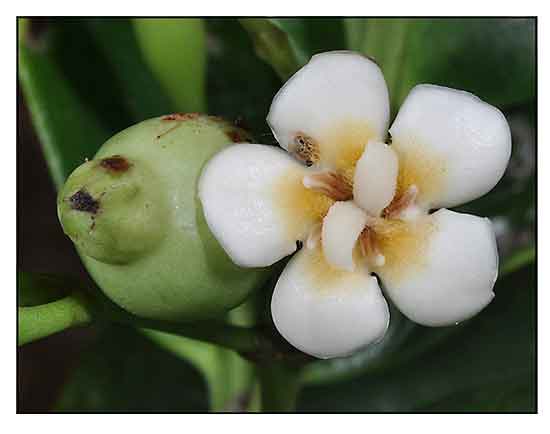
Family • Rubiaceae
Butong-manok
Villaria odorata (Blanco) Merr.
BOTONG
| Scientific names | Common names |
| Gardenia elliptica Elmer | Botong (P. Bis.) |
| Gardenia rolfei (Vidal) Hatus. | Butong-manok (Tag.) |
| Randia rolfei (Vidal) Hatus. | Kumbatol (Tag.) |
| Remijia odorata Blanco | Lanete (Bik.) |
| Villaria littoralis S.Vidal | Lasgas (Bik.) |
| Villaria odorata (Blanco) Merr. | Otto (Ibanag) |
| Villaria philippinensis Rolfe | Riki-riki (Ilk.) |
| Villaria rolfei S.Vidal | Tango-tango (C.Bis.) |
| Tanhas (S.L.Bis.) | |
| Salacca zalacca (Gaertn.) Voss is an accepted name. KEW: Plants of the World Online | |
March 2024
![]()
 |
| PHOTOS / ILLUSTRATIONS |
| IMAGE SOURCE: Rubiaceae : Villaria odorata / Flowering twig / Copyright © 2012 by P.B. Pelser & J.F. Barcelona (contact: [email protected]) [ref. DOL43807] / Non-Commercial Use / Clck on image or link to go to source page / Phytoimages.siu.edu |
| OTHER IMAGE SOURCE: Rubiaceae : Villaria odorata / Abaxial view of leaf / Copyright © 2012 by P B Pelser & J F Barcelona (contact: [email protected]) [ref. DOL44289] / Non-Commercial Use / Image modified / Click on image or link to go to source page / Phytoimages.siu.edu |
| OTHER IMAGE SOURCE: Rubiaceae : Villaria odorata / Flower / Copyright © 2012 by P B Pelser & J F Barcelona (contact: [email protected]) [ref. DOL43772] / Non-Commercial Use / Image modified / Click on image or link to go to source page / Phytoimages.siu.edu |
Additional
Sources and Suggested Readings |
• |
DOI: It is not uncommon for links on studies/sources to change. Copying and pasting the information on the search window or using the DOI (if available) will often redirect to the new link page. (Citing and Using a (DOI) Digital Object Identifier) |
| List of Understudied Philippine Medicinal Plants |
| New plant names needed The compilation now numbers over 1,300 medicinal plants. While I believe there are hundreds more that can be added to the collection, they are becoming more difficult to find. If you have a plant to suggest for inclusion, native or introduced, please email the info: scientific name (most helpful), local plant name (if known), any known folkloric medicinal use, and, if possible, a photo. Your help will be greatly appreciated. |
• |
 |

 Gen info
Gen info
 Constituents
Constituents